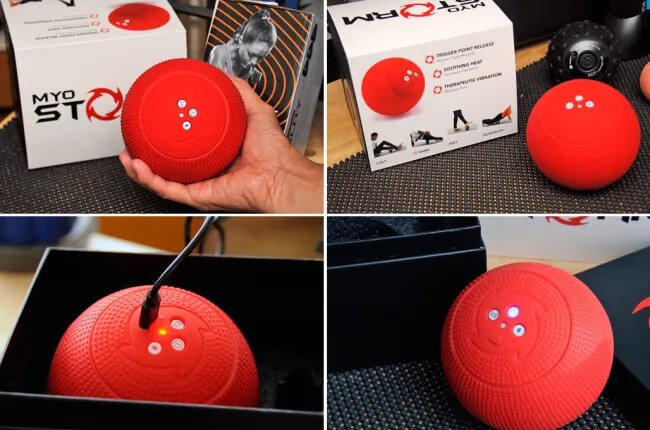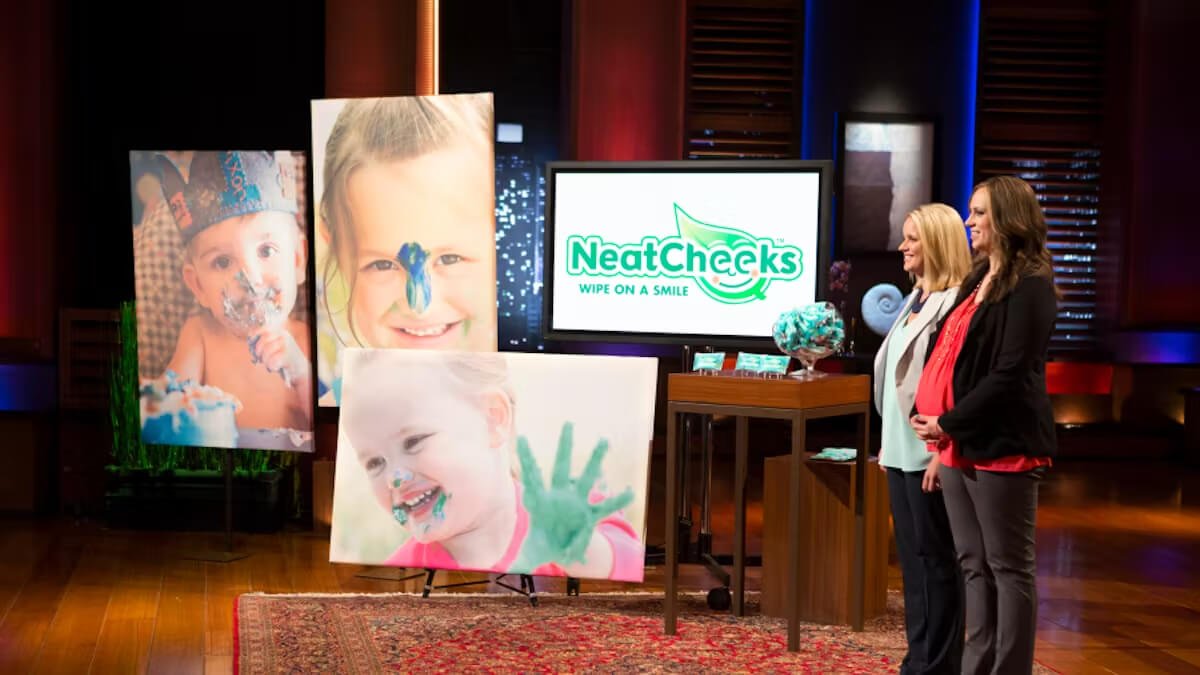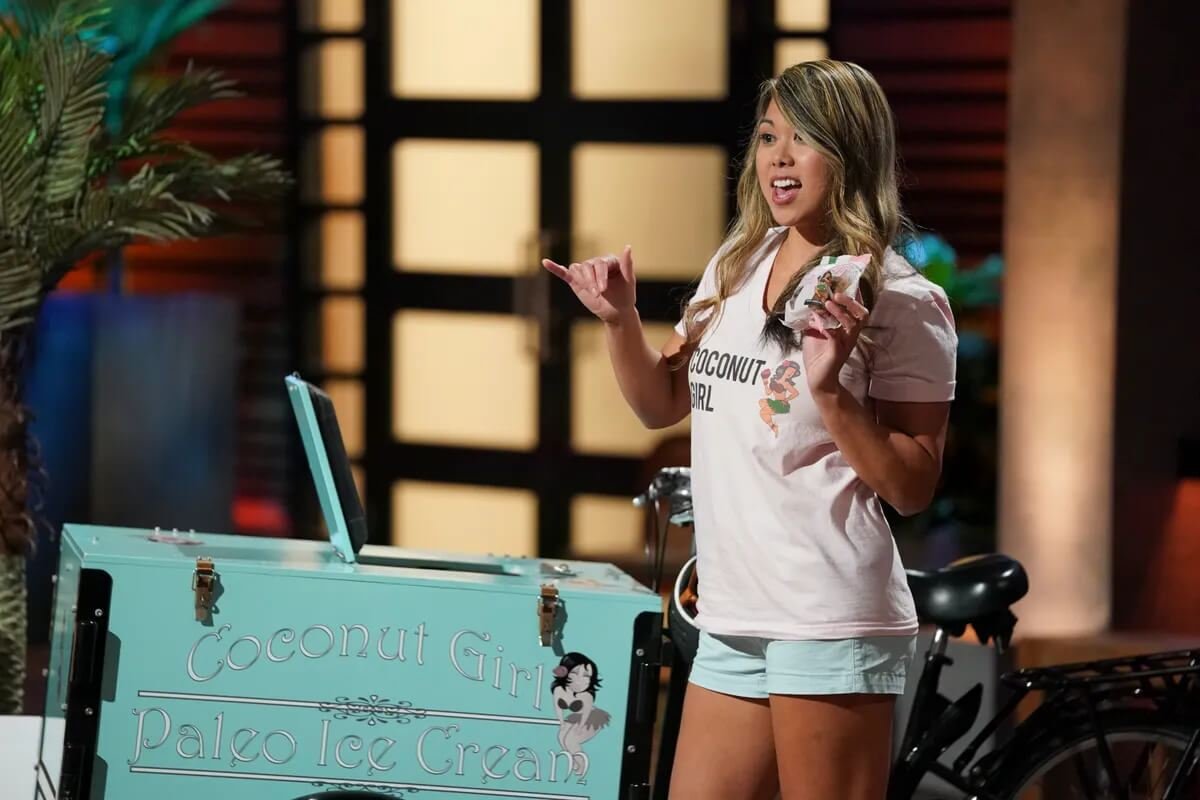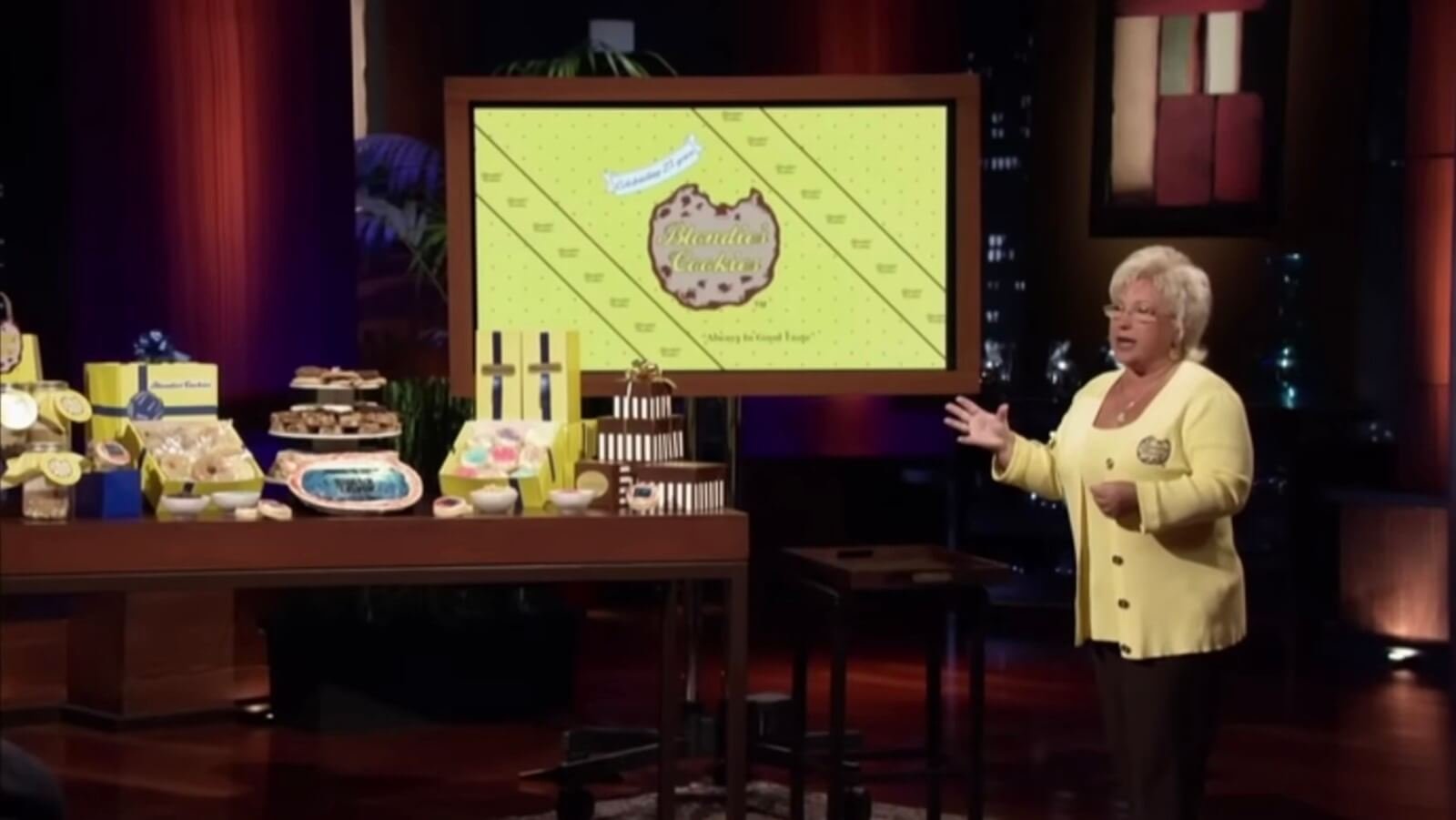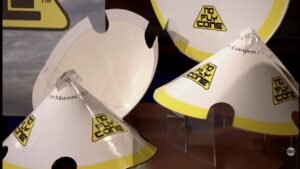You’ve seen it a hundred times: founders walk into Shark Tank, toss out a slick pitch, and the Sharks start to circle. A handshake, some cheers, dramatic music—cue the life-changing moment for this entrepreneur.
But here’s the dirty secret. Getting a deal on Shark Tank isn’t the finish line. For most, it’s barely the starting gun. Does the hype translate to dollars? Does the deal even close? Today, we’re putting MyoStorm under the microscope, cutting past the TV magic, and asking—did these athletes-turned-founders actually build a business worth the hustle?
Welcome to SharkWorth. This isn’t fanboy fluff—just real talk for people who know the grind.
Contents
ToggleWhat Is the MyoStorm Shark Tank Story?
MyoStorm isn’t some celebrity-brand cash grab or overnight TikTok fad. This business was born from pain athletes know all too well: muscle recovery. Their flagship product, The Meteor, is a heated, vibrating massage ball built for anyone chasing performance or just trying to get through a day without aches.
The brains and hustle behind it? Jared Ward (Olympic marathoner and BYU professor), Jono DiPeri, and Shaquille Walker—both BYU running standouts. These guys weren’t just fitness gear influencers looking for an easy check. They’d lived the athlete’s grind and understood the pain points (pun intended) their customers faced.
So, why does their Shark Tank pitch matter? Because they didn’t just throw out buzzwords. They wrapped a smart product in a founder story that sold credibility and hustle—two things you can’t fake, and two things the Sharks eat up.
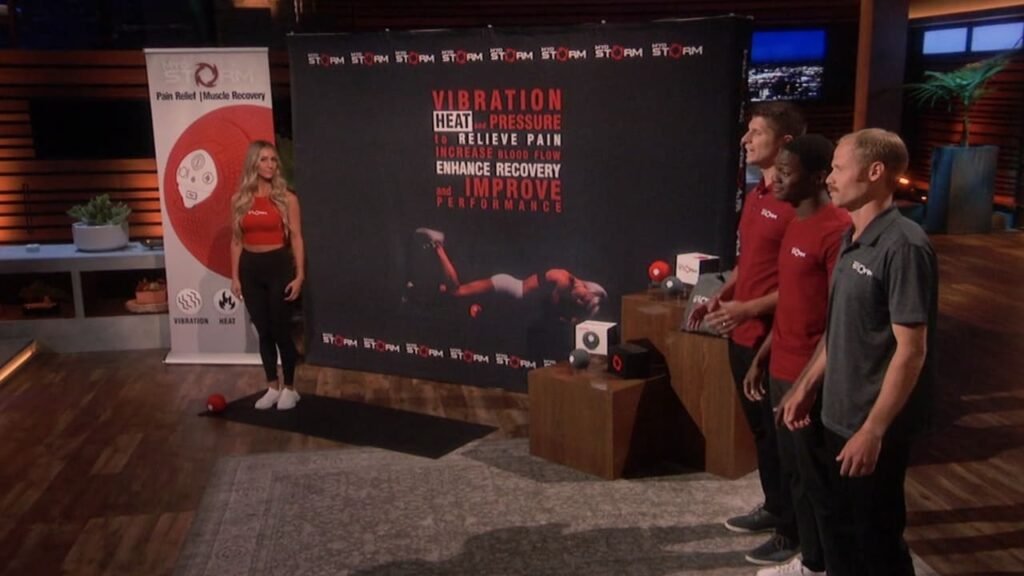
The Pitch Room—MyoStorm Faces the Sharks
Picture this: Season 11, Episode 5. The MyoStorm crew steps into the tank. Three founders, matching shirts, and a massage ball ready to prove it’s not just another foam roller in disguise.
Their ask? $150,000 for 10% equity, putting their business at a $1.5 million valuation right out of the gate. That takes nerve. But they backed it up with facts: real sales, solid margins, and actual science. No smoke, no mirrors.
What stands out? Confidence without cockiness. Too many founders walk in thinking they’ve invented sliced bread and get roasted. These guys kept it pro, showed traction, and explained why recovery is a billion-dollar category with a gap for exactly this.
That’s the blueprint: smart founders, credible story, clear numbers. If you’re ever in a fundraising room, take notes.
The Shark Tank Negotiation: Offers, Power Moves, and Near-Misses
Here’s where the pitch room separates the rookies from the operators. Mark Cuban jumps in fast—$250,000 for 20%. Classic Cuban. Wants more upside, pushes a hard close, tells them they need to grab it or move on.
A lot of founders would panic, agree, and regret it later. But the MyoStorm team played it cool. They wanted to hear out other Sharks, which is both smart (don’t jump at first offer) and risky (risking losing the biggest Shark in the tank).
That decision ruffled feathers. In every pitch room, there comes a moment when founders have to balance playing hardball with losing control. Sharks want to feel special. Ignore them, and you might lose all leverage.
But MyoStorm kept their heads. More offers came. Tension rose. Cuban stepped back, but that opened the door for another power player.
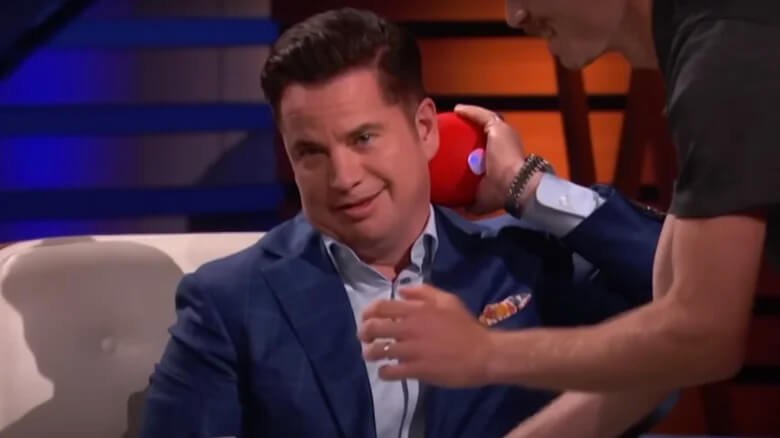
Lori Greiner Bites—But Who Really Won?
At the buzzer, it was Lori Greiner—the Queen of QVC—who made the move that mattered: exactly what MyoStorm asked for. $150,000 for 10%. Deal on their terms, not the Shark’s.
This is rare. Most founders walk out with less equity and a bruised ego. MyoStorm? They got what they wanted. And, if you know Lori’s track record, you know she backs products that move on TV and retail. To me, that pairing made way more sense than Cuba’s bigger check.
Lesson: It’s not about grabbing any deal; it’s about the right partner, on your terms. I’ve seen founders hold out and win big. This was one of those plays.
MyoStorm’s Net Worth: The Numbers Don’t Lie
Let’s talk money, because this isn’t charity. MyoStorm went in with a $1.5 million valuation. They got it. But what did the numbers do after the hype?
Here’s the quick math:
- Original ask: $150K for 10% ($1.5M valuation)
- Final deal: Lori, same amount, no haircut
- Immediate impact: Sold out the day after airing—classic Shark Tank rush hour
- Post-hype dip: Four months of scrambling to restock, missed sales, frustrated customers
Now, the pandemic hit hard. Their DTC channel got smoked—90% sales drop. Most brands would drown. MyoStorm survived, rebuilt, and by 2021 was almost back to pre-pandemic sales.
Current valuation? They don’t post numbers, but here’s what matters: still active in 2025, expanded product line, wide DTC and wholesale sales. If you know how margins work in recovery gear and you’re still standing five years later, that’s no accident.
My estimation? They’re crossing seven figures in revenue, likely holding steady on multi-million-dollar valuation. Not Scrub Daddy money, but not a one-hit collapse, either.
MyoStorm’s Product Game: Not Just One Trick Anymore
One-product companies don’t last. MyoStorm knew that. After the show, they expanded:
- The Meteor ball (standard, Mini, Lite) — $79-$139 range.
- Recovery add-ons: wool socks, stretch straps, mats, floss bands, bundles.
A basic product line, but smart. Keep average order value up. Grab both the dedicated athletes and the everyday sore desk worker. Plug supply headaches by offering bundles and accessories, not just one hero SKU.
They even opened up wholesale and an affiliate program—classic playbook for growing market share without breaking the banker on paid ads.
Life After Shark Tank: Real Wins, Brutal Losses, and Pivots
Let me be honest: there’s always a post-Shark-Tank chaos phase.
After their episode: total website meltdown. Inventory wiped out in hours. Good headline, but four months to restock? Brutal. Momentum-killers like that have sunk better brands.
Then, COVID-19. Gyms closed. People stopped spending on massage gadgets that weren’t essential. MyoStorm saw a 90% sales crash. That’ll test your founders’ grit.
But here’s what’s wild—they steadied the ship. Found new supply lines, doubled down on what worked, and by 2021 were almost back. That takes persistence I respect.
This wasn’t a clean up-and-to-the-right story. It was messy. But that’s real business, not a Shark Tank highlight reel.
MyoStorm in 2025: Still on the Map?
You want the punchline? MyoStorm is still selling, still shipping, and still pushing new products five years after their TV moment. That is rare.
Their Instagram is active, over 5,500 followers—real engagement, not fake-bot numbers. The website is fresh. Product variety is tight but sensible. You can buy direct, buy wholesale, or even partner up as an affiliate.
They survived inventory nightmares and the pandemic. That recovery alone means MyoStorm is more than another Shark Tank footnote. Are they on shelves next to Gatorade? No. But if you want to study a Shark Tank survivor story, you look here.
Lessons New Founders Need: What MyoStorm Did Right (and Wrong)
Let’s not sugarcoat it. Here’s what MyoStorm did, that you need to steal:
- Enter the room prepared—they knew their worth and didn’t flinch
- Play the Sharks, don’t get played. Multiple offers = leverage, even if you risk some drama
- Don’t chase the biggest check—chase the right fit (Lori made more sense than Mark on this one)
- When things fall apart (and they will), get scrappy. Their comeback from wiped out inventory and pandemic hell is textbook hustle
But here’s where they got tested:
- Inventory failure post-episode cost them massive early sales—plan supply chains before you light up the PR machine
- Product line expansion took time—faster add-ons could’ve insulated them during the pandemic dry spell
Take this as a playbook, not just a story. The Shark Tank effect is real, but short-lived if you can’t ride the wave with great execution.
FAQs
1. Is MyoStorm from Shark Tank still in business?
Yes, as of 2025, MyoStorm is still active and selling direct online and through partners.
2. What happened to MyoStorm after Shark Tank aired?
They sold out overnight, then battled four months of backorders. The pandemic hit in 2020, sales dropped 90%, but they fought back.
3. Which Shark invested in MyoStorm?
Lori Greiner made the final deal: $150,000 for 10%—exactly what the founders wanted.
4. What products does MyoStorm sell now?
Their line includes The Meteor (regular, Mini, Lite), recovery gear, wool socks, stretch bands, and accessory bundles.
5. Did MyoStorm’s Shark Tank deal close after the show?
Lori Greiner’s deal with MyoStorm went through. She’s still listed as a partner.
6. How did the pandemic affect MyoStorm?
Sales dropped more than 90% at the pandemic peak. They survived by rebuilding supply and pushing new products.
7. Where can I buy MyoStorm products today?
Shop direct on their website or through select retailers—links are up on MyoStorm’s socials.
8. What’s MyoStorm’s estimated net worth now?
They don’t disclose figures, but our SharkWorth estimate: low-seven-figures, likely near or above $2 million.
9. Did the exposure on Shark Tank lead to real growth for MyoStorm?
Yes. Shark Tank launched them, but grit and business pivots kept them alive. That’s rare in the pitch game.
This is how Shark Tank is supposed to work—real founders, real hustle, and a story that keeps going after the lights fade.

